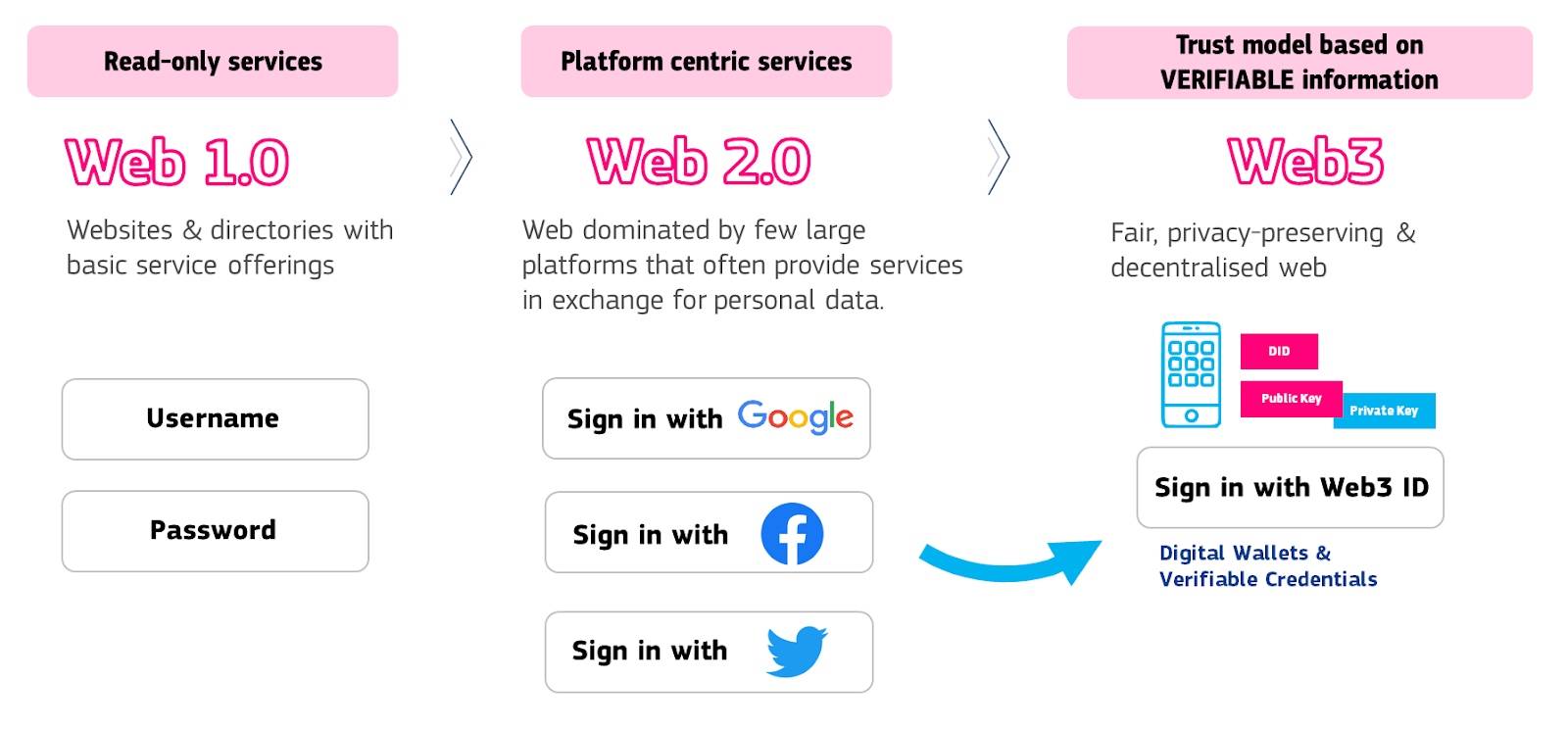Disclosure: The views and opinions expressed here belong solely to the author and do not represent the views and opinions of crypto.news’ editorial.
Let’s be honest: whenever people discuss matters related to the blockchain or web3, their minds immediately gravitate toward cryptocurrencies. However, it is the complex digital infrastructure pervading these assets that is actually transforming how we do things in everyday life. Take food safety, for instance. When we go to a store and pick up a pack of organic strawberries, we’re often left wondering if they’re genuinely organic.
Thanks to the power of the blockchain, it is possible to scan a QR code and voila! The entire life cycle of the pack—from where it was grown, how it traveled, and so on—can be seen with the touch of a screen. Similarly, in healthcare, the medical records of most people are all over the place. Blockchain, in this regard, can be the missing link that brings all of one’s data together in a secure, transparent manner.
And it’s not just these sectors; we’re talking energy, governance, royalty management, you name it, web3 has the potential to transform a whole host of digital paradigms. So, while cryptocurrencies are doing their thing, it’s best not to lose sight of blockchain’s true potential.
The skepticism surrounding web3: Unfounded or not?
Despite the use cases outlined above, issues of volatility, hacks, and scams currently pervading the web3 sector have resulted in people writing off the industry—thanks to its close ties with digital assets. To this point, a sizable $3.8 billion was lost to cryptocurrency hacks last year, which is 15% up on 2021 ($3.3 billion) and dramatically up on the $0.5 billion stolen in 2020.
Crypto hacks, 2016 – 2022 | Source: Chainalysis
However, dismissing web3 based on its association with crypto alone is a mistake because its scope extends well beyond the realm of financial transactions. Web3 seeks to decentralize the internet, making it more secure, transparent, and user-centric. Its applications are far-ranging and extend into areas like secure voting systems, transparent supply chains, and even tamper-proof academic credentials.
As per a study by UC Berkeley, the influence of blockchain is already being felt across the board. For example, financial giants like Bank of America and JP Morgan Chase have deployed smart contract systems to streamline payments, loans, cross-border transfers, etc. Within the realm of agriculture, the U.S. Department of Agriculture and major companies like Walmart and Nestlé are using blockchain to fortify their food supply chains, boosting consumer confidence.
Similarly, retailers such as Home Depot and Target are implementing blockchain in their logistics to resolve vendor disputes and verify product authenticity, while companies in the supply chain sector, including Ford, UPS, and FedEx, are utilizing the technology to trace components from production to delivery, aiding in sustainability and food safety.
User experience is the key to increased adoption
Web3 is fundamentally about shaking up the status quo, right? It’s all putting the power back into the hands of the people, whether we’re talking finance, healthcare, or data storage. But there’s one major bottleneck—there’s no “Help Desk” to call, no tech guru to bail you out in case of an emergency. Therefore, if web3 is going to be the next iteration of the World Wide Web, it’s got to be as user-friendly as scrolling through your social media feed.

Evolution of web | Source: European Commission
To elaborate, the user interface and overall experience one has while browsing these apps has to be impeccable. If someone dives into web3 and bumps into apps that feel like they’re from the 2010s, i.e. buggy, clunky, or just plain confusing, they’re going to have second doubts and maybe never give the technology a fair chance.
There is also a lot of data that suggests this as well. For example, studies show that 94% of all first impressions are tied to how an app looks and feels. Therefore, it is imperative that web3 devs step up their games and focus on providing the best possible experience. The design has to be sleek, intuitive, and attractive. Users should feel at home while also getting a taste of what makes web3 revolutionary. It’s a fine line, but that’s the challenge at hand.
Moreover, let’s not forget the “why switch?” question. Forget about the regulatory drama and the shaky exchanges for a moment. If web3 apps don’t come across as easier or at least as convenient as what people are already using, why would they make the jump in the first place? Therefore, improving the user experience of dapps isn’t just a “nice-to-have” feature; it’s mission-critical. And it starts and ends with UI/UX.
This is where innovations like Koris come into play. This first-of-a-kind operating system is designed specifically for decentralized autonomous companies (DACs)—a specific dapp implementation where an entity has no central leadership—allowing them to deliver a highly streamlined user experience governance and operations-wise.
The future is decentralized
For the average person who’s not well-versed in blockchain technology, the web3 landscape can be a labyrinth of confusing terminologies, complex processes, and counterintuitive interfaces. Whether it’s the daunting task of setting up a digital wallet, understanding how to manage private keys, or even just navigating through a decentralized application (dapp), the UX of most dapps in the market today often leaves much to be desired.
This complexity acts as a barrier to entry, discouraging people from fully engaging with web3 platforms. It’s like having a revolutionary new type of car that’s incredibly fuel-efficient and environmentally friendly but requires the driver to understand the intricacies of automotive engineering just to start the engine. The result? Most people stick to their old gas-guzzlers because they’re easier to operate.
Therefore, if web3 is to reach its full potential and achieve widespread adoption, it’s imperative that developers and designers prioritize UX. Simplifying the onboarding process, making interfaces more intuitive, and providing clear instructions and support can go a long way in making web3 accessible to everyone, not just the tech-savvy.





